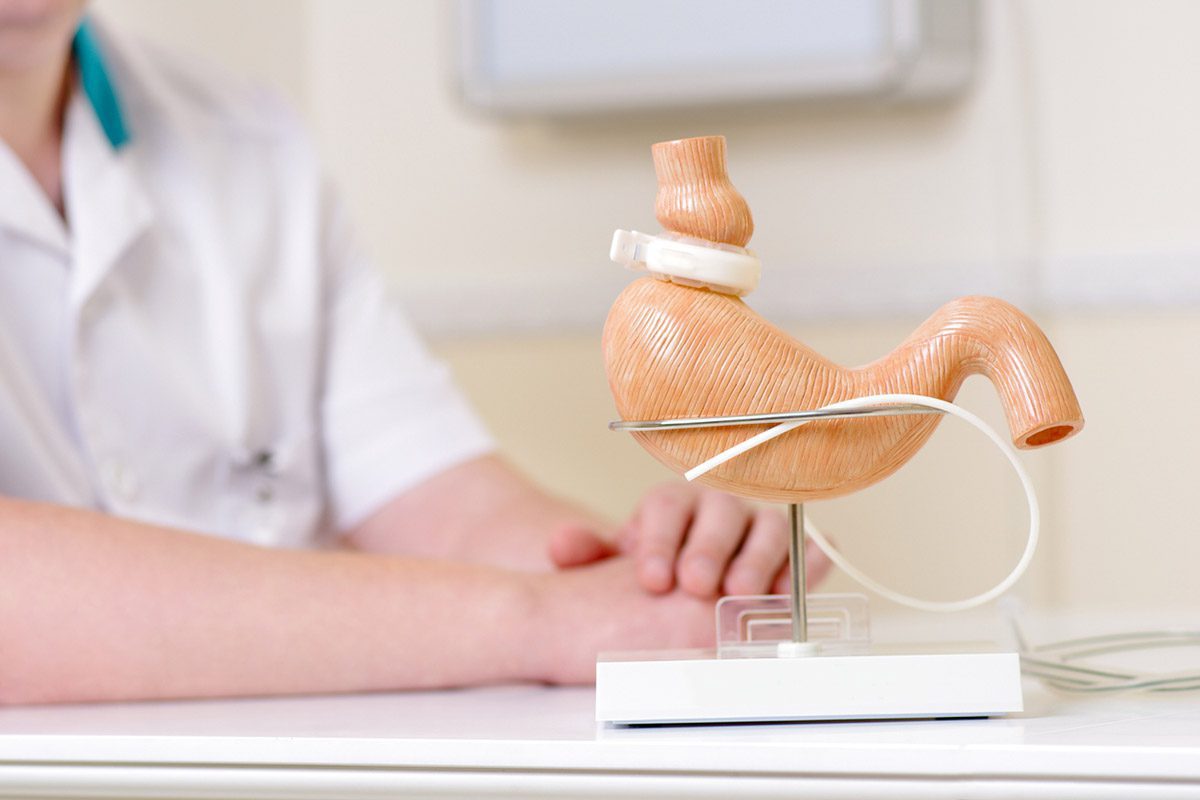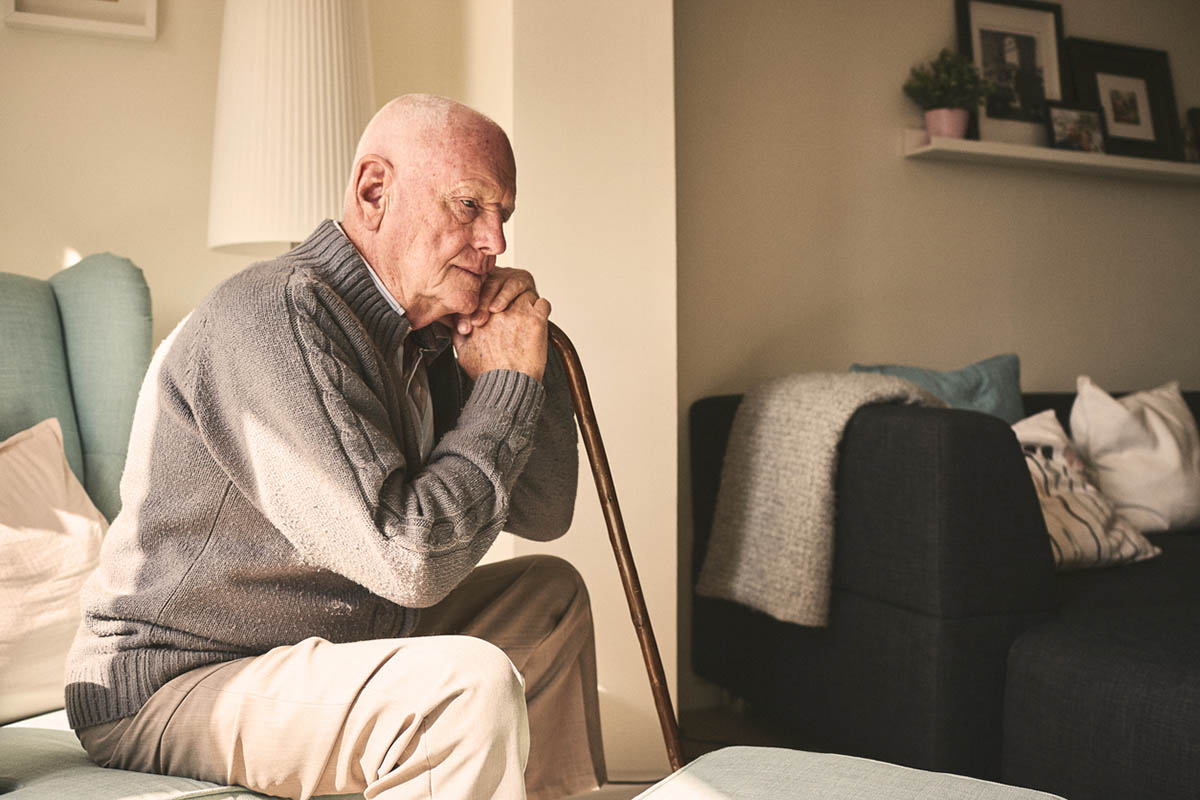Letter to the Editor: According to the World Health Organization (WHO), depression is the leading cause of disability, affecting the function and quality of life of around 280 million people (3.8% of the population) globally.1 Although there may be a reduction in depressive symptoms within a few weeks with conventional antidepressants, one-third of patients do not respond.2 In addition, approximately 30% of patients have treatment-resistant depression (TRD). This is usually defined as a lack of response to at least 2 antidepressive monotherapies of adequate dose and duration, including the current episode.3,4 The alternatives to medications are psychotherapy, transcranial magnetic stimulation, electroconvulsive therapy, and ketamine, which can be delivered intravenously (IV) (R-ketamine) or intranasally (S-ketamine).
Ketamine is an N-methyl-D-aspartate (NMDA) receptor antagonist, providing a rapid and sustained response to TRD and suicidal ideation at subanesthetic doses.5 Glutamate transmits pain signals and regulates psychological conditions like depression, and ketamine blocks glutamate receptors. IV ketamine (R-ketamine) is a mixture of 2 mirror-image molecules, “R” and “S” ketamine given at a dose of 0.5 mg/kg twice weekly, not to exceed 6 weeks. When administered at subanesthetic doses, it resulted in rapid onset of efficacy in patients with TRD.6 Esketamine, the S-enantiomer of ketamine, with a higher affinity for the NMDA receptor than the R-enantiomer, was approved by the US Food and Drug Administration (FDA) in March 2019 for TRD in adults. In phase 2 clinical trials, esketamine nasal spray showed fast onset and persistent efficacy in patients with TRD and depressed patients at imminent risk for suicide.7–9
Esketamine, also known as Spravato, is a schedule III, controlled substance and a glutamate receptor modulator that works by restoring connectivity between brain cells. Several trials were carried out before the FDA decided to approve intranasal esketamine. These include 5 phases and 3 clinical trials that observed the effects of esketamine nasal spray in TRD. Data from 3 of these studies resulted in a rapid decrease and sustained improvement in depressive symptoms with the use of esketamine plus an oral antidepressant compared to placebo plus medication.10–12 In addition, 2 double-blind, active-controlled, multicenter short-term studies carried out in adults and elderly (aged 65 years and older) with TRD receiving esketamine or placebo nasal spray plus an oral antidepressant resulted in significant improvement in depressive symptoms over 28 days in the esketamine group among adults and clinically meaningful effects in all age groups as compared to placebo.10 It is administered twice weekly in health care settings during weeks 1–4 (starting dose is 56 mg, and subsequent doses are 56 or 84 mg). This is called the induction phase. Depending on a patient’s response, esketamine can continue during the maintenance phase. It is given once weekly during weeks 5–8 at a dose of 56 or 84 mg. This can be continued during week 9 and weekly or every 2 weeks thereafter.
On the contrary, placebo-controlled trials have provided strong evidence for the rapid-acting (within hours) and sustained (lasting up to 7 days) antidepressant effects of a single administration of a subanesthetic dose of IV ketamine in TRD.6,13–16 A recently published systematic review and meta-analysis17 demonstrated that IV ketamine is nearly 3 times superior to intranasal esketamine. The authors17 reported a study of 24 randomized controlled trials, representing 1,877 participants, with 61% females (average age ranging from 36 to 70 years; 98% with major depression and 2% with bipolar depression). They included studies wherein ketamine was used alone and studies in which it was used as an augmenting agent. In three-quarters of the trials, participants had TRD. Racemic ketamine relative to esketamine demonstrated greater overall response (RR = 3.01 vs RR = 1.38) and remission rates (RR = 3.70 vs RR = 1.47), as well as lower dropout rates (RR = 0.76 vs RR = 1.37).17
Given these findings, we wonder why IV ketamine is still not FDA approved. Perhaps it could be due to its associated side effects, but studies17 show a lower dropout rate due to side effects. Neither ketamine treatment is reimbursed by insurance companies, despite FDA approval for Spravato. With traditional interventions yielding no response in one-third of patients with major depressive disorder and a significant number being noncompliant with medication, advancements in alternative treatment modalities such as ketamine could enhance clinical management. This eliminates the need to question the effectiveness of antidepressants in reaching the patient, giving prescribers better information in terms of making treatment recommendations.18 Despite ketamine not being covered by insurance, its use could still decrease costs associated with medication nonadherence, relapse, and rehospitalizations.
Article Information
Published Online: February 13, 2024. https://doi.org/10.4088/PCC.23lr03607
© 2024 Physicians Postgraduate Press, Inc.
Prim Care Companion CNS Disord 2024;26(1):23lr03607
To Cite: Mansuri Z, Shah B, Yadav G, et al. Is intravenous ketamine better than intranasal esketamine for treating treatment-resistant depression? Prim Care Companion CNS Disord. 2024;26(1):23lr03607.
Author Affiliations: Department of Psychiatry, Boston Children’s Hospital/Harvard Medical School, Boston, Massachusetts (Mansuri); Department of Psychiatry and Behavioral Science, University of Louisville, Kentucky (Shah); Department of Psychiatry, Texas Tech University Health Science Center at Permian Basin, Midland, Texas (Yadav); Department of Pediatrics, Dell Children’s Medical Center, Austin, Texas (Kamil); Department of Psychiatry, BronxCare Health System at Icahn School of Medicine at Mount Sinai, New York (Kainth); Department of Psychiatry, Baptist Health—UAMS Psychiatry Residency Education Program, North Little Rock, Arkansas (Srinivas, Bachu); Penn State Milton S. Hershey Medical Center, Pennsylvania (Patel); Department of Psychiatry, Virginia Tech Carilion School of Medicine, Roanoke, Virginia (Reddy). Drs Mansuri and Shah are shared first authors. Drs Reddy and Bachu are shared senior authors.
Corresponding Author: Zeeshan Mansuri, MD, MPH, Boston Children’s Hospital/Harvard Medical School, 300 Longwood Ave, Boston, MA 02115 ([email protected]).
Relevant Financial Relationships: None.
Funding/Support: None.
References (18)

- Institute of Health Metrics and Evaluation. Global Health Data Exchange (GHDx). Accessed May 1, 2023. http://ghdx.healthdata.org/gbd-results-tool?params=gbd-api-2019-permalink/d780dffbe8a381b25e1416884959e88b
- Corriger A, Pickering G. Ketamine and depression: a narrative review. Drug Des Devel Ther. 2019;13:3051–3067. PubMed CrossRef
- Rush AJ. Star-D: lessons learned and future implications. Depress Anxiety. 2011;28(7):521–524. PubMed CrossRef
- Souery D, Papakostas GI, Trivedi MH. Treatment-resistant depression. J Clin Psychiatry. 2006;67(suppl 6):16–22. PubMed
- Duman RS. Ketamine and rapid-acting antidepressants: a new era in the battle against depression and suicide. F1000 Res. 2018;7:(F1000 Faculty Rev):659. PubMed CrossRef
- Zarate CA Jr, Singh JB, Carlson PJ, et al. A randomized trial of an N-methyl-D-aspartate antagonist in treatment-resistant major depression. Arch Gen Psychiatry. 2006;63(8):856–864. PubMed CrossRef
- Singh JB, Fedgchin M, Daly E, et al. Intravenous esketamine in adult treatment-resistant depression: a double-blind, double-randomization, placebo-controlled study. Biol Psychiatry. 2016;80(6):424–431. PubMed CrossRef
- Daly EJ, Singh JB, Fedgchin M, et al. Efficacy and safety of intranasal esketamine adjunctive to oral antidepressant therapy in treatment-resistant depression: a randomized clinical trial. JAMA Psychiatry. 2018;75(2):139–148. PubMed CrossRef
- Canuso CM, Singh JB, Fedgchin M, et al. Efficacy and safety of intranasal esketamine for the rapid reduction of symptoms of depression and suicidality in patients at imminent risk for suicide: results of a double-blind, randomized, placebo-controlled study. Am J Psychiatry. 2018;175(7):620–630. PubMed CrossRef
- Popova V, Daly EJ, Trivedi M, et al. Randomized, Double-Blind Study of Flexibly Dosed Intranasal Esketamine Plus Oral Antidepressant Versus Active Control in Treatment-Resistant Depression. Poster presented at 2018 Annual Meeting of the American Psychiatric Association (APA); May 2018; New York, New York.
- Daly EJ, Trivedi M, Janik A, et al. A Randomized Withdrawal, Double-blind, Multicenter Study of Esketamine Nasal Spray Plus an Oral Antidepressant for Relapse Prevention in Treatment-resistant Depression. Poster presented at American Society of Clinical Psychopharmacology; May 2018; Miami, Florida.
- Wajs E, Aluisio L, Morrison R, et al. Long-Term Safety of Esketamine Nasal Spray Plus an Oral Antidepressant in Patients with Treatment-Resistant Depression: Phase 3, Open Label Safety and Efficacy Study (SUSTAIN-2). Poster presented at The American Society of Clinical Psychopharmacology Meeting; May 2018; Miami, Florida.
- Berman RM, Cappiello A, Anand A, et al. Antidepressant effects of ketamine in depressed patients. Biol Psychiatry. 2000;47(4):351–354. PubMed CrossRef
- Price RB, Iosifescu DV, Murrough JW, et al. Effects of ketamine on explicit and implicit suicidal cognition: a randomized controlled trial in treatment-resistant depression. Depress Anxiety. 2014;31(4):335–343. PubMed CrossRef
- DiazGranados N, Ibrahim LA, Brutsche NE, et al. Rapid resolution of suicidal ideation after a single infusion of an N-methyl-D-aspartate antagonist in patients with treatment-resistant major depressive disorder. J Clin Psychiatry. 2010;71(12):1605–1611. PubMed CrossRef
- Lapidus KA, Levitch CF, Perez AM, et al. A randomized controlled trial of intranasal ketamine in major depressive disorder. Biol Psychiatry. 2014;76(12):970–976. PubMed CrossRef
- Bahji A, Vazquez GH, Zarate CA Jr. Comparative efficacy of racemic ketamine and esketamine for depression: a systematic review and meta-analysis. J Affect Disord. 2021;278:542–555. PubMed CrossRef
- Velligan DI, Kamil SH. Enhancing patient adherence: introducing smart pill devices. Ther Deliv. 2014;5(6):611–613. PubMed CrossRef
This PDF is free for all visitors!




